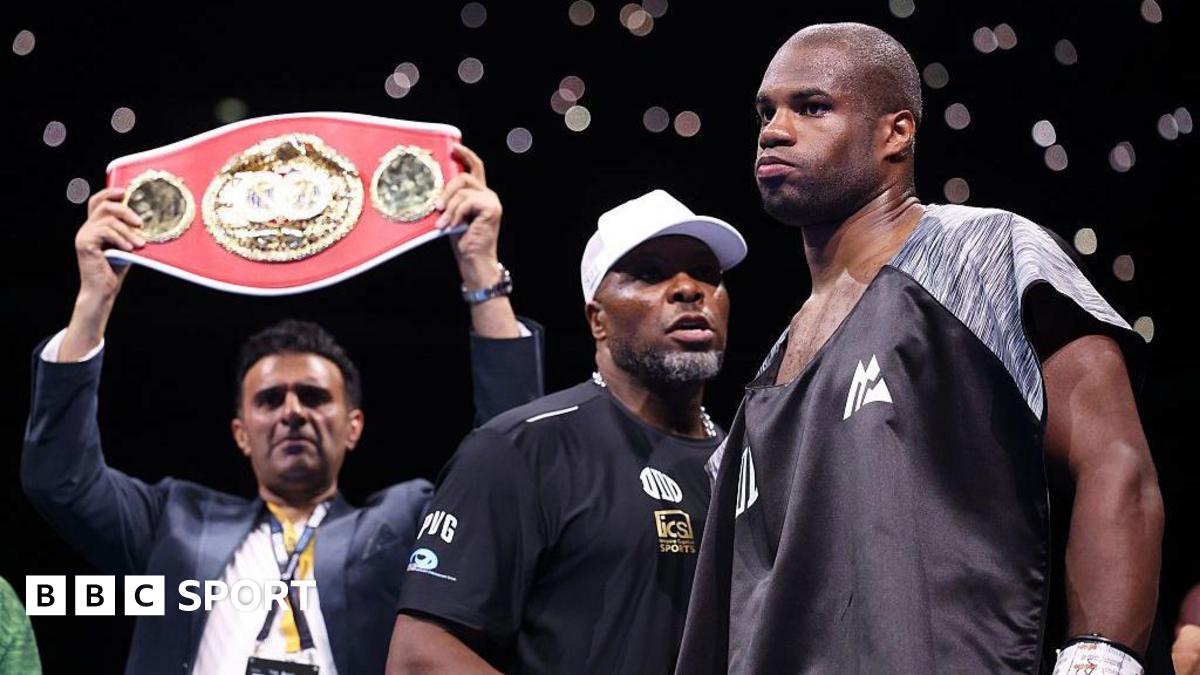The secret power of productive obsession

At many companies, the minimum viable product (MVP) mindset has become gospel. Two-week sprints and “move fast, break things” slogans keep teams iterating, but they can also trap organizations in a cycle of incrementalism—producing updates that are safe but forgettable.
No surprise, then, that the Product Development and Management Association reports roughly 40% of product launches still flop—usually because they half-solve the problem or under-delight the user. In study after study, executives acknowledge a frustrating gap: many of their offerings are just “good enough” to compete, even though they recognize that true differentiation is what drives long-term profit and loyalty.
We approach this challenge from both the studio and the boardroom, and we’ve learned from artists that “good enough” is an efficiency metric; it’s “great enough,” an emotional metric, that we should be measuring instead.
Artists know the human reaction is the real brief we are shipping. Businesses that adopt this mindset transform productivity into resonance. The best founders already practice this form of disciplined obsession. Just look at iconic leaders like Walt Disney, Dr. Edwin Land at Polaroid, Steve Jobs at Apple, or Brian Chesky at Airbnb, for example. All of them echo what light-and-space pioneer artist Robert Irwin demanded of his own work: it must “read all the way through—front, back, and the parts no one sees.”
That’s the leap from MVP to masterpiece. The antidote to “good enough” isn’t reckless perfectionism or feature bloat: it’s disciplined obsession. The resolve to push beyond 80% because the final 20% is where usefulness becomes wonder, and customers become fans.
Obsession in action
Across industries, from consumer electronics to rock concert logistics, breakthroughs consistently appear where teams refuse to settle for “almost.” Just take these cases where disciplined focus can reshape markets, protect lives, and even rewrite scientific understanding.
- James Dyson cycled through 5,127 prototypes before perfecting cyclone suction. Each failure exposed a flaw that a “good-enough” model would have hidden, and today Dyson dominates the premium vacuum segment.
- Apple’s Power Mac G4 Cube failed to gain traction at retail, but its fanless cooling and transparent shell laid the groundwork for the design DNA of future iMacs and Mac minis. A costly misstep became a down payment on aesthetic leadership.
- Van Halen’s “no brown M&Ms” clause signaled whether promoters read every line of the safety rider. When the candies showed up, the crew insisted on reinspecting the rigging, an obsessive detail that likely averted catastrophe.
- In Tony’s biotech career, a Phase II trial that missed its endpoint was celebrated, not buried. Mining the data exposed a biomarker that later earned breakthrough-therapy status—proof that “failure” can be the fastest route to discovery.
Different domains, same lesson: the last mile, pursued with rigor, create the leap from adequate to iconic.
How to Decide When Obsession Might Pay Off
Obsession can fuel excellence or waste months in blind alleys. Here’s a litmus test you can apply to see if you are on the right track:
- Mission-critical or cosmetic? Suction loss in a vacuum is core; the bevel on a handle may not be.
- Learning or polishing? Each iteration should teach something new; if you’re merely burnishing vanity, stop.
- Will customers notice and pay for the difference? Leica buyers pay for 1% sharper images; paper-towel shoppers won’t.
Answer yes to all three, and you have a case for a disciplined obsession.
How the FOCUS Framework Can Help Creative Breakthroughs
In his work with clients, Nir often begins by asking them to bring an object they love, such as a vintage camera, a jazz record, or a battered field watch. Then, he asks them to unpack it: Why does it move you?
The answers go beyond function. It’s the heft of the lens, the warmth of analog tone, the weathered patina that tells a story. What surfaces is a powerful insight: the things we love most are often engineered with invisible care. The quality we feel isn’t polish—it’s integrity. Once that’s understood, “good enough” begins to feel like a meaningful personal compromise.
With this emotional imprint anchored, we introduce FOCUS, our five-part framework for transforming passion into disciplined progress.
- Frame the nonnegotiable. Name the hill you’re willing to die on—“zero suction loss,” “five-minute onboarding,” or “sub-four-second load.” This clarity prevents perfectionism from becoming misdirection.
- Observe edge failures early. Don’t wait for scale to see what breaks. Stress-test assumptions with chaos monkeys, red teaming, or real-world extremes from the outset.
- Capture lessons continuously. Log everything. Iterations that fail one product might spark another. Dyson’s abandoned cyclone sketches now power its hand-dryers and hair tools—proof that diligent note-keeping multiplies value.
- Use guardrails. Time-box your obsessions. Define a success metric, test threshold, or insight plateau that signals when to pivot or ship.
- Share openly. Make learnings public. At Etsy, engineers write postmortems with vulnerability and clarity, turning setbacks into shared wisdom.
When “Good Enough” Really Is Enough
Obsession is a scalpel, not a hammer. During the COVID-19 pandemic, “good-enough” vaccine doses saved millions; waiting for perfect data would have cost lives. In fintech for the unbanked, accessibility beats interface polish. The art is knowing when incremental gains change outcomes and when speed or reach matter more.
So pose this question at your next sprint review: Where are we settling for workable when users crave wonderful? If the gap solves a pivotal pain point, grant a Dyson-level runway—then let FOCUS guardrails protect timelines and morale. When organizations combine disciplined obsession with artistic intent, they don’t just out-iterate competitors; they create visceral, memorable experiences that define business artistry.
In a sea of sameness, passable products vanish. The obsessively honed few become unforgettable. When the problem matters and each iteration deepens insight, disciplined obsession isn’t wasteful; it’s the fastest route to extraordinary.
What's Your Reaction?
 Like
0
Like
0
 Dislike
0
Dislike
0
 Love
0
Love
0
 Funny
0
Funny
0
 Angry
0
Angry
0
 Sad
0
Sad
0
 Wow
0
Wow
0




























































































